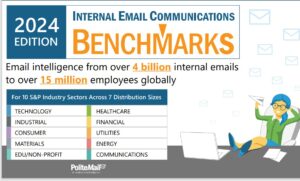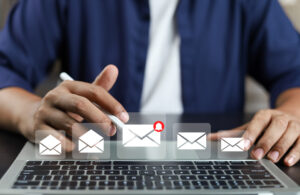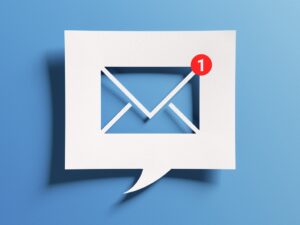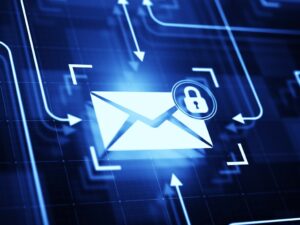How to craft emails employees will read and relish—even amid ongoing crises
Bolster your inbox prowess with this research-fueled guidance from PoliteMail.
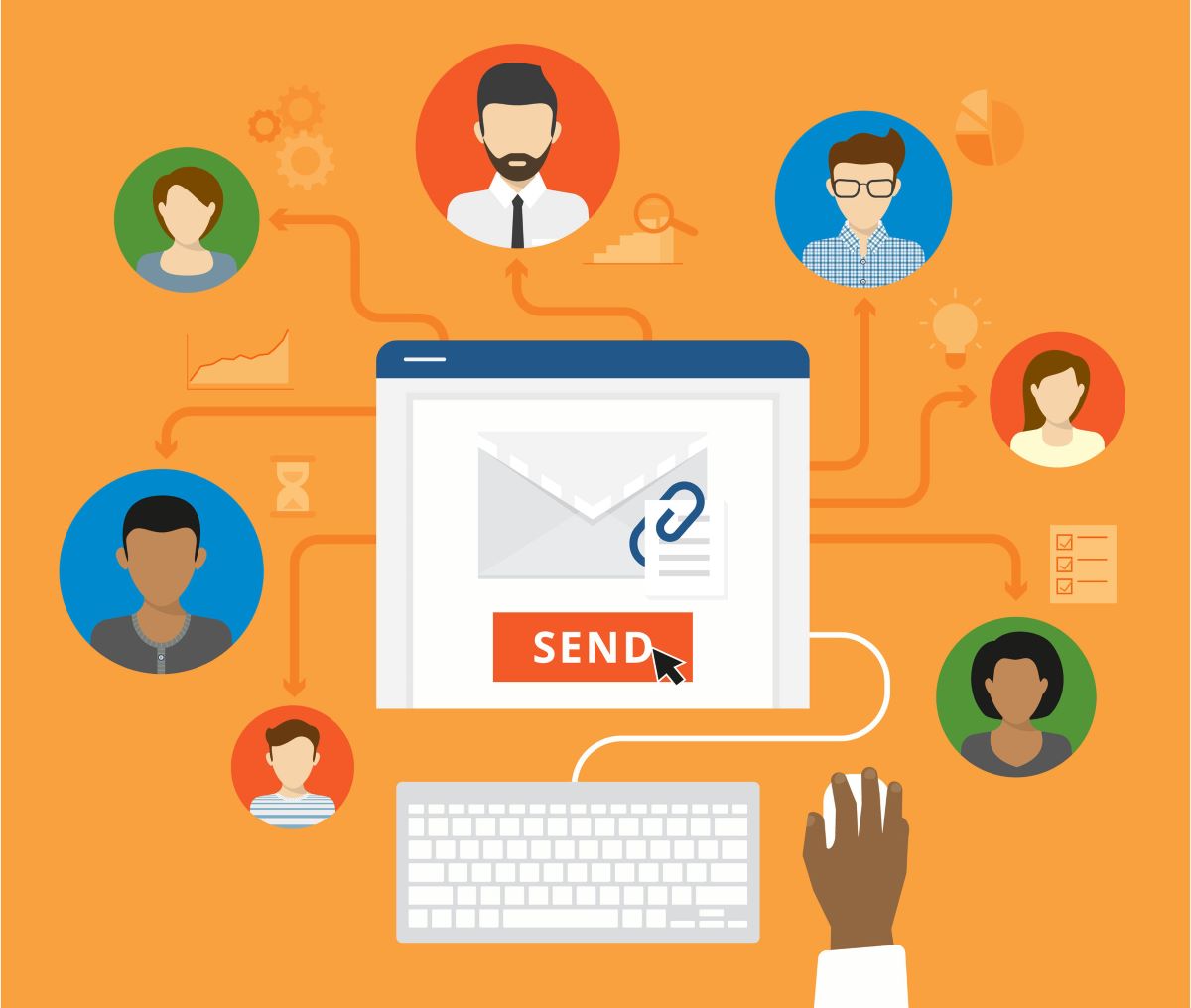
Here’s a hard truth about communicating with employees: If your email strategy stinks, your internal messaging will never find its full potential.
The good news is that you don’t need to produce an endless stream of scintillating, clickbait content to keep employees engaged. However, it does take intentional strategy, planning and creativity to become a trusted source of timely, useful information.
In anticipation of The Future of Communications Virtual Conference on Nov. 10-11, we asked Michael DesRochers, CEO of PoliteMail, to share insights on how companies and comms pros can pursue email excellence — even amid election chaos, massive global uncertainty and an ongoing pandemic.
Here’s what he had to say:
Ragan: What email tools and metrics should employers be most mindful of right now?
DesRochers: You are unlikely to see much change in open rates, so what’s important to monitor is your attention rate (people who opened, and didn’t immediately move on).
Next-most important is readership. Are people actually reading the content you are sending, or only skimming it? Currently, we have seen a measured decline in click rates, which spiked at the start of the pandemic, but have now declined well below pre-pandemic average rates — potentially signaling content fatigue.
Ragan: What are the best ways to prove the ROI of investing in email?
DesRochers: Communications is about reach, readership and engagement –- to influence thinking and motivate behavior. Without measures of those activities, how do you know what is effective and what isn’t?
As executives seek to make data-driven decisions, they rely on objective measures of business processes. To have a seat at the table, corporate communications must be prepared to come to the table with meaningful data.
Ragan: What recommendations do you suggest for email distribution and timing?
DesRochers: The more targeted the audience distribution, the better. If that means drafting three slightly different versions for three different audiences, that is better communication than sending a one-size-fits-all broadcast to everyone.
Email that is at the top of the inbox when people start their workday, and those delivered earlier in the week, have statistically better readership and engagement rates.
Ragan: What sorts of emails tend to get read – and which types of emails do employees ignore?
DesRochers: People tend to read short, relevant messages that include images.
Keeping messages under 30 seconds, or about 120 words, yields the highest readership. After 500 words you start losing readers quickly. This assumes they are paying attention in first place – which requires a “from” address and a subject relevant to your audience.
Employees are likely to ignore long, text-heavy email with lots of content links. The longer and more topics the email has, the more they get ignored. The problem of email overload is often misconstrued as being too many emails, when it’s actually too many non-relevant messages and too much content in the relevant messages.
Ragan: What email trends do you foresee moving forward – and which trends will fade?
DesRochers: With the rise of digital meeting/chat applications and improvements in intranet content tools, the inbox is getting de-cluttered.
Email shouldn’t be used for long-form content and file sharing; that the intranet’s job. The best use of email is to direct attention and link to long-form content and files. Email isn’t ideal for real-time collaboration either; messy threads often steal time from those on the “bcc” who still have to process it.
Tools such as Teams or Yammer allow those conversations to happen, and participants can leave the conversation. But unlike lonely intranet pages and noisy chat channels, email is ideal for broadcasting to a direct audience. Email allows recipients to process communications in batch, on their own schedule, which is highly efficient.
Particularly when the information is knowledge sharing or action oriented, email will be used to loop people back into social conversations and intranet content when needed, and will stop being used for communications better suited to those other channels.
Ragan: What are some creative, outside-the-box email ideas you’ve seen work?
DesRochers: Email is working great for re-engaging audiences and expanding reach of video conversations. If an executive makes a live broadcast, only a percentage can attend. While the entire broadcast and comments are saved, few seek it out for replay or review – yet communications can expand their reach and get the attention of a wider audience by sending an email that includes a brief highlight reel and a bulleted summary. This works to repeat and reinforce the message for attendees and expand the audience – who can link into the details if they like — all on their own schedule.
Join The Future of Communications Virtual Conference, Nov. 10-11, to gain crucial insights via experts from PoliteMail, Merriam-Webster, Adidas, and much more.


